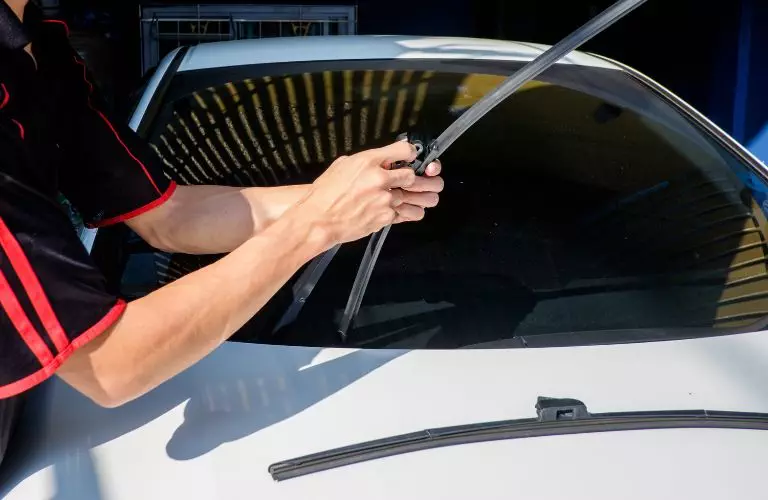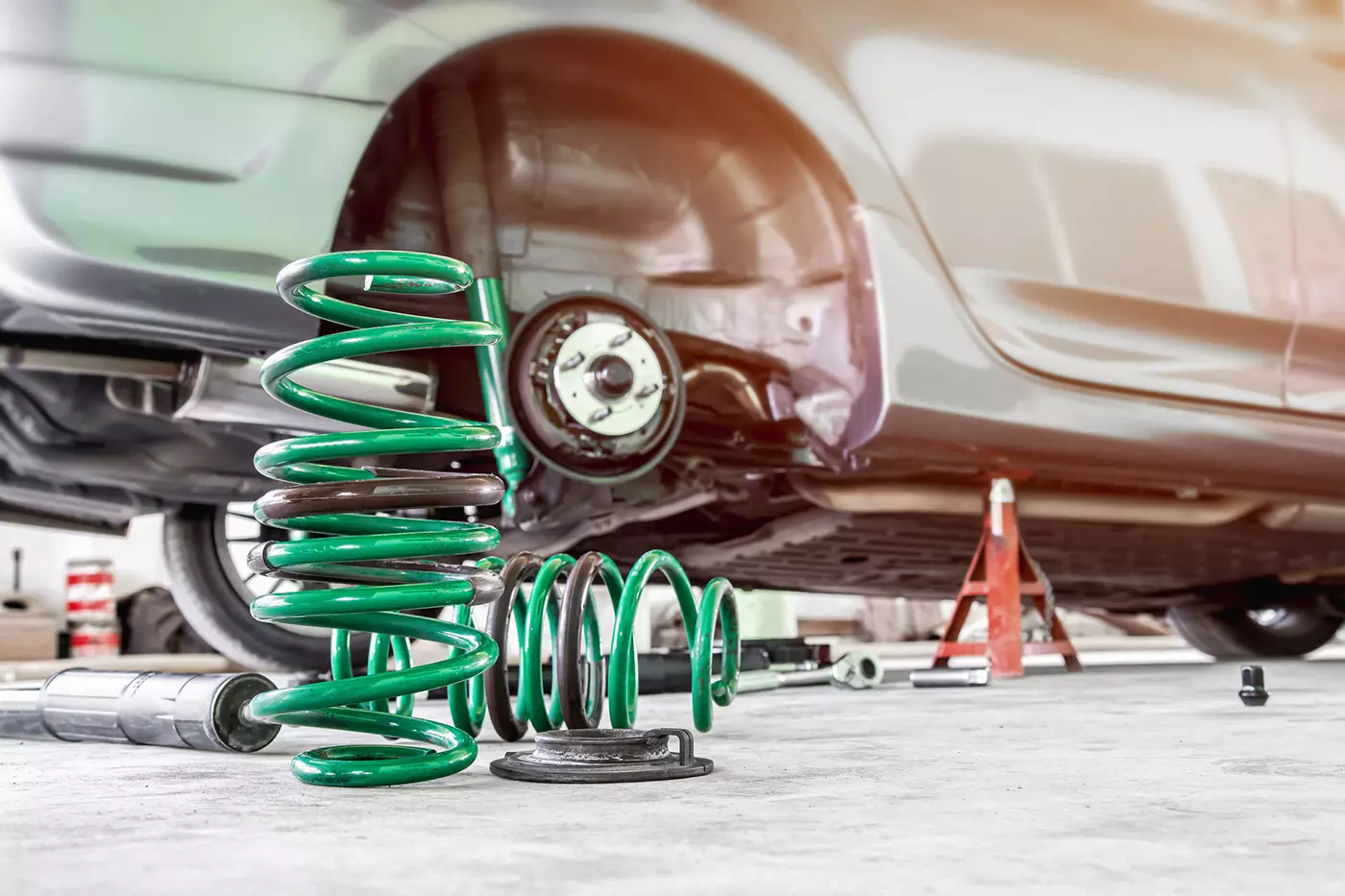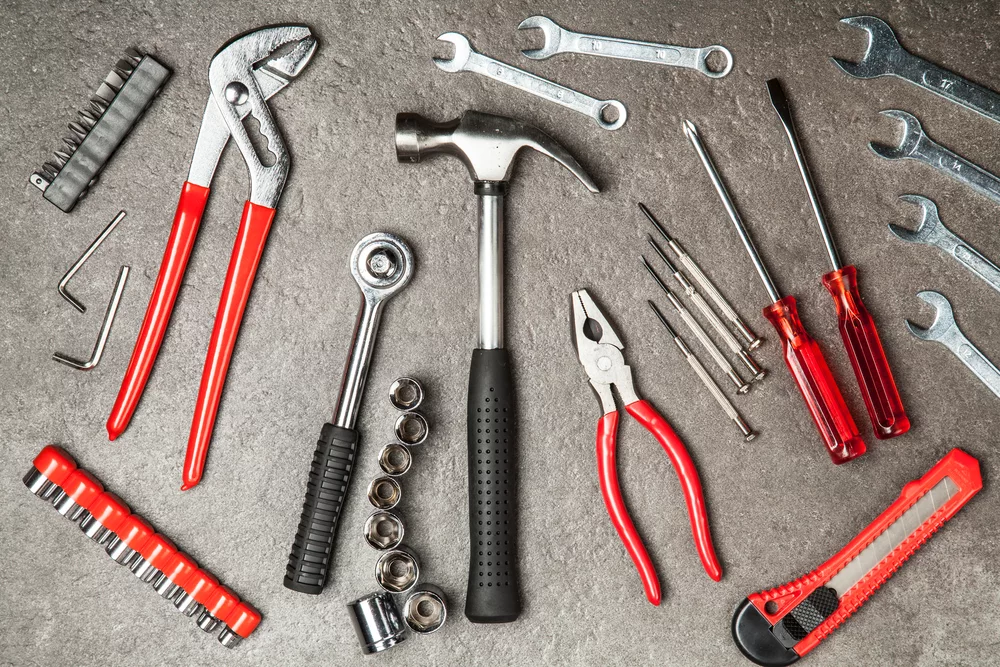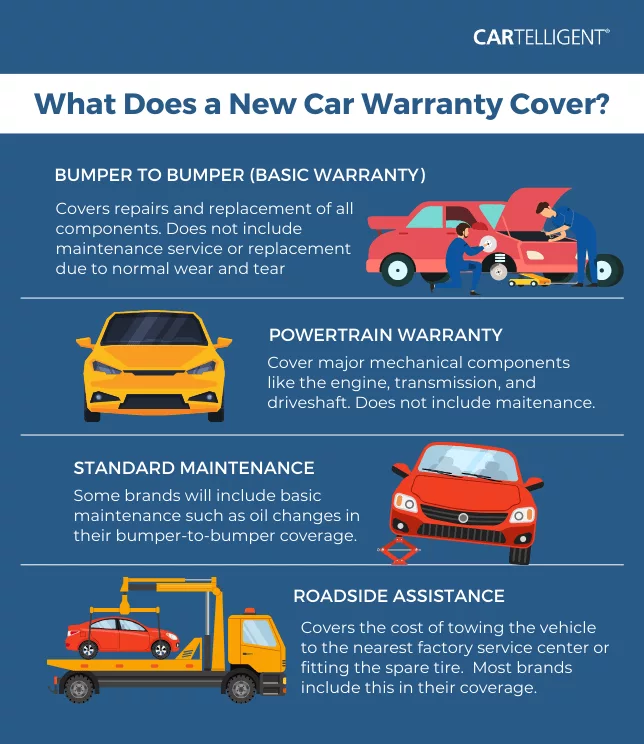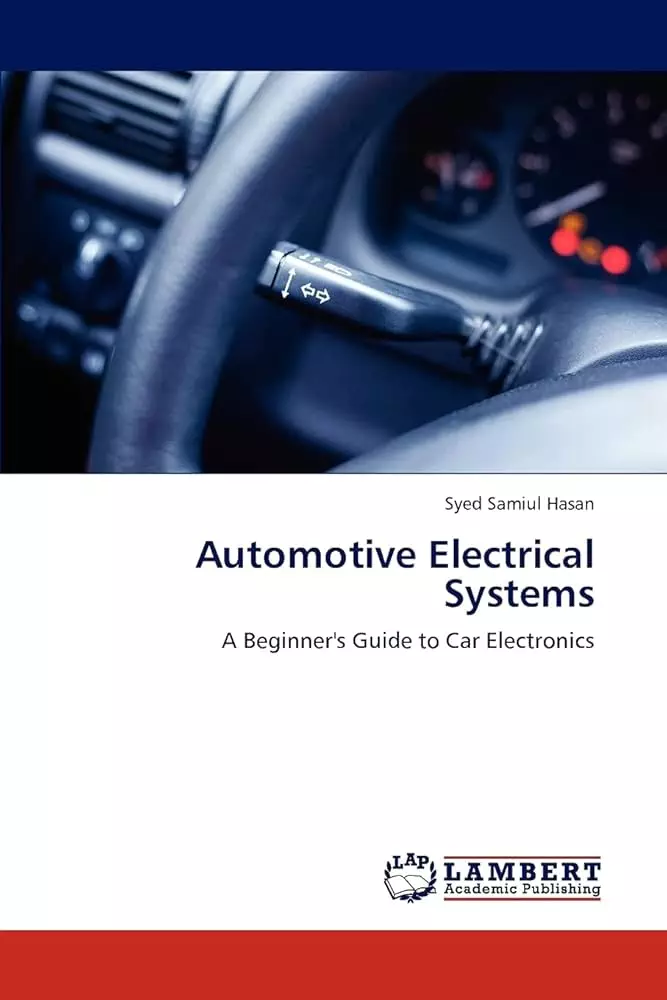
The Beginner’s Guide to Understanding Your Car’s Electrical System
Imagine your car’s electrical system as the central nervous system of your vehicle. Just like your brain sends signals to your body, your car’s electrical system powers everything from starting the engine to playing music. Understanding this system isn’t just for mechanics and car enthusiasts; it’s crucial for anyone wanting to keep their car running smoothly and safely. Imagine knowing exactly what to do when you encounter a warning light or a blown fuse—it feels like having a personal guide with you every time you drive.
Picture every part of your car working together like a symphony, each component playing its essential role. Whether it’s the car braking system, which is vital for your safety, or the lights that help you navigate at night, they all rely on the electrical system. Brake components like brake pads and rotors need regular brake maintenance and inspection to ensure brake safety. Knowing how to perform basic brake maintenance can save you time and money on brake repair and keep you safer on the road.
Your curiosity about your car’s inner workings is the first step to becoming a more confident driver. Dive into this guide to discover how you can keep your car in top shape. Your journey to mastery starts now!
In the article
Understanding Your Car’s Electrical System
When you think about understanding your car, you might consider the engine first. However, the electrical system is crucial too. It powers many parts that help your car run smoothly. But do you know what makes it tick?
Key Components of the System
Your car’s electrical system has three main parts: the battery, the alternator, and the starter. These work together to keep things running.
The battery is like your car’s heart. It stores energy and sends it where needed. When you turn the key, it gives power to the starter. Without it, your car won’t start. It’s essential to check the battery often to ensure it’s charged.
The alternator is like a power station. It charges the battery when the engine is on and keeps the car’s electrical parts working. If it fails, you’ll notice dimming lights or a dead battery. Therefore, alternator checks are important.
The starter is what gets your engine going. When you turn the key, it uses power from the battery to start the engine. If the starter is faulty, your car might not crank.
Why This System Matters
Having a well-functioning electrical system means your car runs smoothly. Imagine going on a trip, and suddenly, the car won’t start. It’s frustrating, right? That’s why understanding this system is crucial. It impacts everything from starting the car to running the lights and the radio. Therefore, taking care of this system keeps your car reliable.
Importance of Regular Maintenance
Regular maintenance keeps your car’s electrical system in top shape. You don’t want to face issues on the road. Here’s how you can maintain it:
- Check battery regularly.
- Inspect wiring connections.
- Test alternator output.
Use a voltage meter to measure your battery’s charge regularly. It helps in knowing if your battery is healthy. You should also inspect wiring connections for any loose or corroded terminals. These can interrupt electricity flow.
Look for corrosion signals, especially around the battery terminals. White or blue powder indicates corrosion. Clean it off to maintain good connections. Therefore, regular checks can prevent emergencies.
Signs of Electrical Issues
Knowing the signs of electrical issues can save you from bigger problems. Notice flickering lights? It could be a bad alternator. Slow starts might mean battery trouble.
Dashboard warnings often appear when there’s a problem. Don’t ignore them. Check them soon to avoid costly repairs. These signs are your car’s way of saying it needs help. Therefore, pay attention to these warning signs for peace of mind.
Understanding Your Car’s Braking System: Essential Insights
Now, let’s shift gears and talk about Understanding Your Car’s Braking System. This system is vital for your safety. It helps you stop the car when you need to. But what parts make up the braking system?
Components and Their Roles
Brake pads and rotors are crucial. They work together to stop your car. When you press the brake pedal, the pads press against the rotors. This friction slows the car down. But with time, these parts wear out. Regular brake inspection reveals wear and tells you when to replace them.
Brake fluid is another key part. It transfers the force from your foot to the brakes. Without it, your brakes won’t work. Therefore, check it regularly and top it off if it’s low.
Aside from brake inspection, why is brake fluid important? Over time, it can get dirty and cause problems. Therefore, change it as needed to keep your brakes working well.
Safety and Repair Tips
Taking care of your brakes keeps you safe. Regular brake inspections are a must. They help you catch problems early. If your brakes feel soft or make a noise, get them checked.
Address brake repairs promptly. Don’t wait until it’s too late. A small issue can become a big problem. Therefore, keeping up with regular brake inspections is key.
Keep an eye out for changes in how your brakes feel. Any unusual sounds or changes in braking distance mean it’s time to see a mechanic. Therefore, it’s essential to maintain a close watch on your braking system.
Empower Your Automotive Journey
Understanding your car’s electrical system offers you more confidence and control over your vehicle’s performance. With knowledge of how electricity powers everything from your lights to your starter, you can better troubleshoot problems and even save money on costly repairs. You now have the foundation to take your vehicle maintenance skills to the next level.
Start by familiarizing yourself with your car manual. This will give you detailed insights specific to your vehicle model. Next, check your battery regularly and test your lights and signals to ensure everything functions properly. These small steps will keep your car running smoothly while preventing unexpected issues.
Now, take that first step toward becoming a more informed car owner. Dive into your car’s manual today and explore its electrical system. You’ll appreciate the knowledge and peace of mind that comes with it. You’ve got this!
